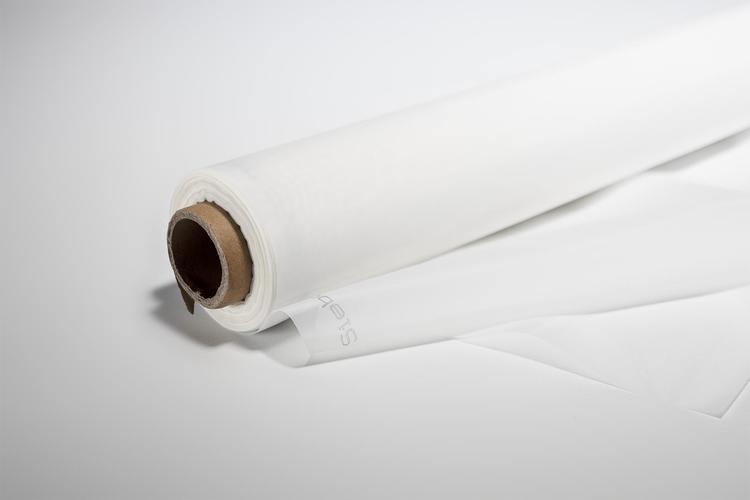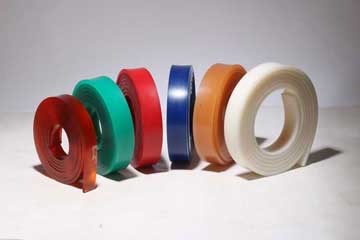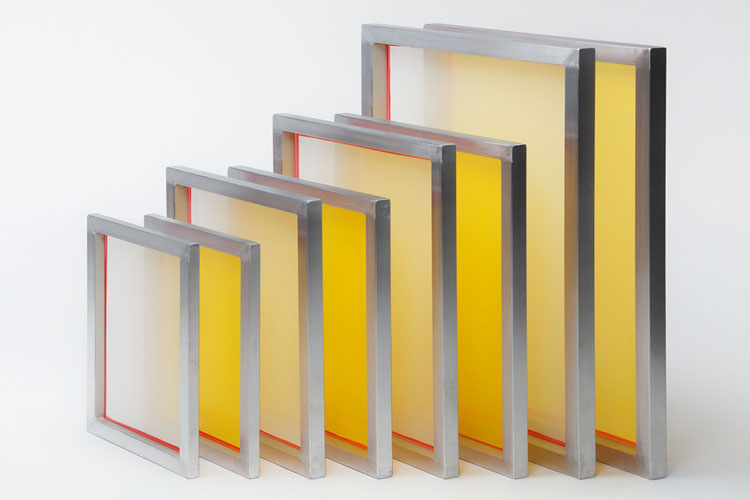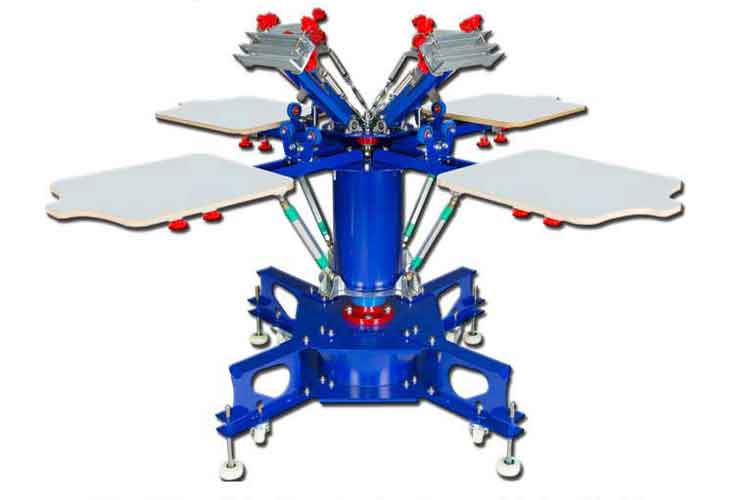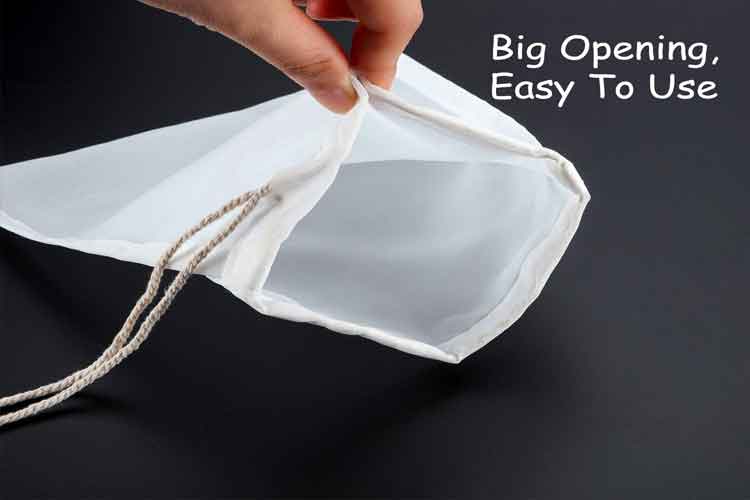Why kief sifting screens should be the first tool in your hash workflow
Not all kief sifting screens deliver consistent, scaleable results. Look for screens that are precision-woven, factory-stretched into sturdy frames, and backed by clear mesh/micron specs and replacement support. When you invest in quality now, you avo
If you care about clean, high-potency sift or want to add value to your harvest, good kief sifting screens are the place to start. A well-chosen set of screens recovers pure trichome heads while leaving behind plant debris, which means stronger, cleaner kief and less time spent cleaning later. For anyone who presses hash, makes rosin, or wants a reliable concentrate feedstock, the right screens turn a messy job into a controlled process — and controlled processes scale.
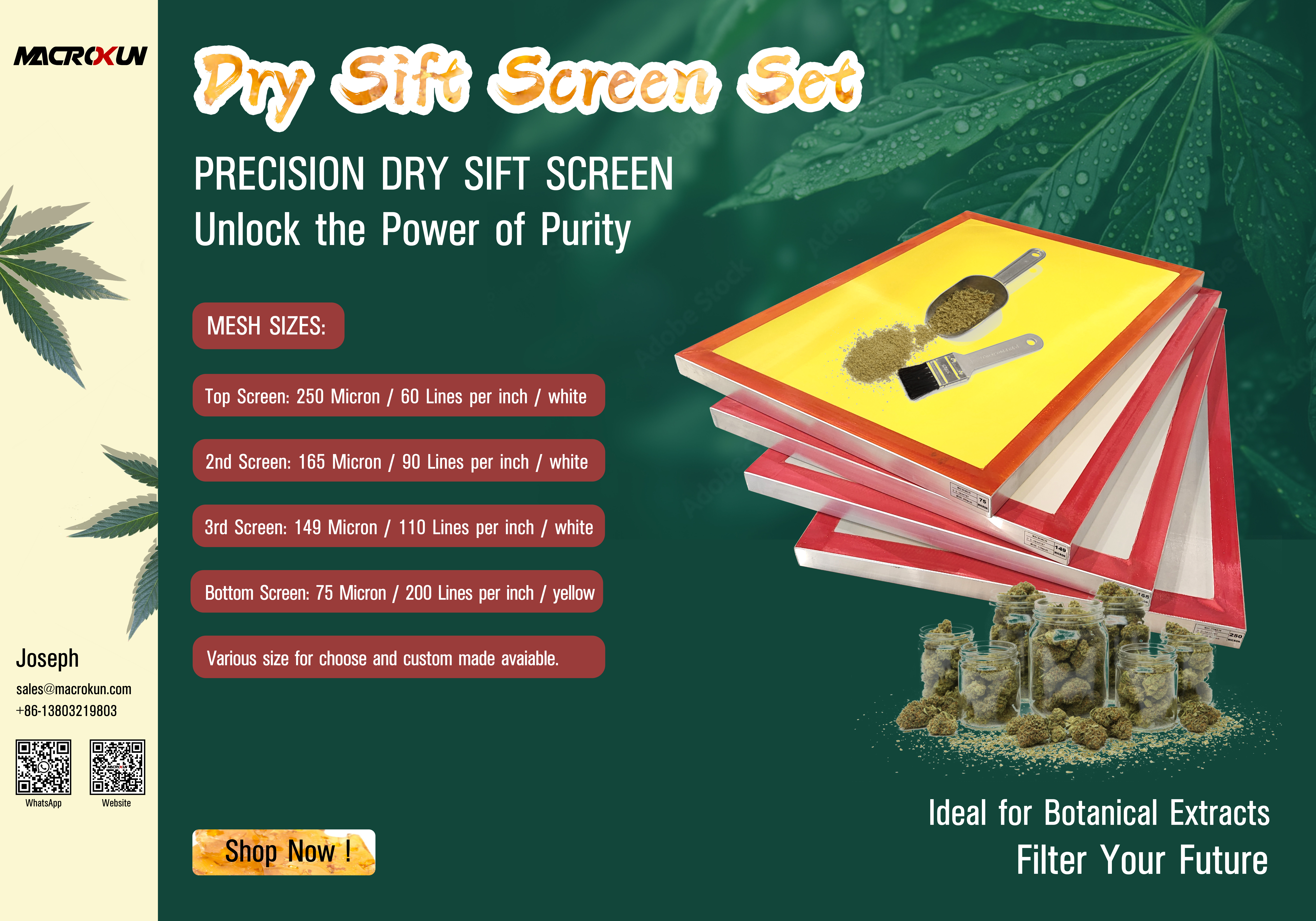
What kief sifting screens are — the basics explained
At their simplest, kief sifting screens are fine-mesh sieves designed to separate trichomes from dried plant matter. They’re sold in sets or single panels, quoted either in lines-per-inch (mesh/LPI) or microns; higher mesh numbers mean smaller holes, while lower micron numbers mean finer filtration. You’ll see both small-handling trays for hobbyists and multi-count “kief box” assemblies for producers. The practical takeaway: choose a format that fits your throughput and cleanliness goals.
Mesh sizes and micron guidance — how to pick the right hole size
Choosing mesh size is the single most important decision when buying kief sifting screens. For dry sift most experienced users and guides recommend starting in the 60–120 micron band (roughly 80–270 mesh), then tuning up or down by strain and target purity. Coarser screens (higher micron values) give more yield but lower purity; finer screens (lower micron values) capture the smallest trichome heads and give the cleanest product but at lower yield and higher clogging risk. If you are new, begin with a mid-range screen (about 70–100 microns) and adjust after a few runs.
Materials and construction — stainless vs monofilament and why it matters
Not all kief sifting screens are built the same. Stainless steel meshes are durable, easy to clean and resist snagging; monofilament polyester/nylon meshes are gentler on fragile trichomes and can be used where a slightly different “shear” profile helps preserve heads. Frames matter too — aluminum or wooden frames are common, and precision-stretched panels reduce sag that causes inconsistent sift results. If you plan frequent use or mechanized tumbling, invest in high-quality, reinforced frames to save time and replacement cost later.
Single-screen vs multi-screen (kief box) setups — which fits your operation
Hobbyists often start with one kief sifting screen and learn the tradeoffs by hand. Serious collectors use multi-screen boxes or stacked systems: start coarse at the top to remove large plant debris, and step down through progressively finer meshes so you capture graded fractions of trichomes. Multi-layer setups give both yield and purity control — the top layers take most waste, while the finest layer collects the highest-purity kief. For small commercial runs, a 3–4 screen cascade is a very practical balance of throughput, yield and product grade.
Choosing the right screen for your strain and dryness
Different strains and curing regimes behave differently on the mesh. Dryer, well-cured material tends to sift cleaner and requires coarser initial screening; slightly sticky or fresher material benefits from slower, gentler sifting or pre-freezing. Don’t pulverize your flower — aggressive grinding breaks trichome heads into fragments that pass through finer screens and reduce final purity. Test a small sample on your kief sifting screens and record the results; this simple database of strain vs screen will save time across harvests.
Techniques: hand-sifting, tumblers, and mechanical options
You can harvest kief by hand — gently rubbing or shaking plant matter across a single kief sifting screen — but mechanical tumblers and vibratory sifters dramatically increase throughput for larger batches while still being gentle if tuned correctly. For home users, a palm-and-rub technique or a small sifting tray usually suffices. For businesses, a dedicated dry-sift tumbler with multiple screens and variable speed control delivers consistent fractions and scales easily. Whatever method you choose, start slow: too fast or too aggressive reduces purity and damages trichome integrity.
Cleaning, reclaiming and maintenance — keep screens precise and long-lived
Maintenance is simple: after each run, brush residual material gently, use compressed air or a soft-bristled brush, and for stainless screens consider a mild solvent or ultrasonic bath if legally and safely allowed in your jurisdiction. Avoid harsh scraping that distorts mesh. Regular inspection for tears or stretched areas prevents contamination; a warped kief sifting screen gives unreliable results and costs you purity. Keep a small stock of replacement meshes so you can swap quickly during busy harvests.
Turning kief into value — pressing, rosin, and other upgrades
Collected kief is versatile: press it into hash, press and heat into rosin, or use it as a potency booster in flower and concentrates. The final use informs your screen strategy: if you plan to press fine rosin, favor finer kief sifting screens to remove particulates that lead to off-flavors or inefficient pressing. If you sell by weight and can tolerate slightly lower purity, coarser screens increase yield. Good processors often separate fractions by micron and sell multiple grades — a smart way to maximize revenue from a single harvest.
Buying tips — what serious buyers check before they pay
When you buy kief sifting screens, inspect or request: the micron/mesh specification, material type (stainless vs monofilament), frame dimensions and construction, whether the screens are pre-stretched and the seller’s replacement policy. For multi-screen kits, check that frames stack securely without gaps. Reputable suppliers publish micron equivalents to mesh counts and include usage guides; those are worth the modest premium. If you’re scaling, ask about custom sizes and bulk pricing.
How to set up a small kief operation that actually pays
Start modest: buy one reliable kief sifting screens set (coarse → fine), practice technique, and track yield and purity. Gradually add a tumbler or second set of screens as volume grows. Record key variables — screen size, dry weight in, kief weight out, and the target use of the kief — so you can calculate return on investment. Many small operations find that two to four well-chosen screens, good practice, and minimal mechanization yield excellent product without large capital outlay.
Final pitch — why our screens make the difference
Not all kief sifting screens deliver consistent, scaleable results. Look for screens that are precision-woven, factory-stretched into sturdy frames, and backed by clear mesh/micron specs and replacement support. When you invest in quality now, you avoid downtime, increase the purity of your kief fractions, and unlock higher-value end products. If you want, we can recommend a starter kit tailored to your throughput and final product goals—designed to keep your harvests profitable and your concentrate consistently excellent.
kief sifting screen sift screen
Pre:Best micron bag for pressing bubble hash — the practical buying guide that saves you time
Next:Why investing in dry sift screens south africa changes how you capture value from trim
Tags:
